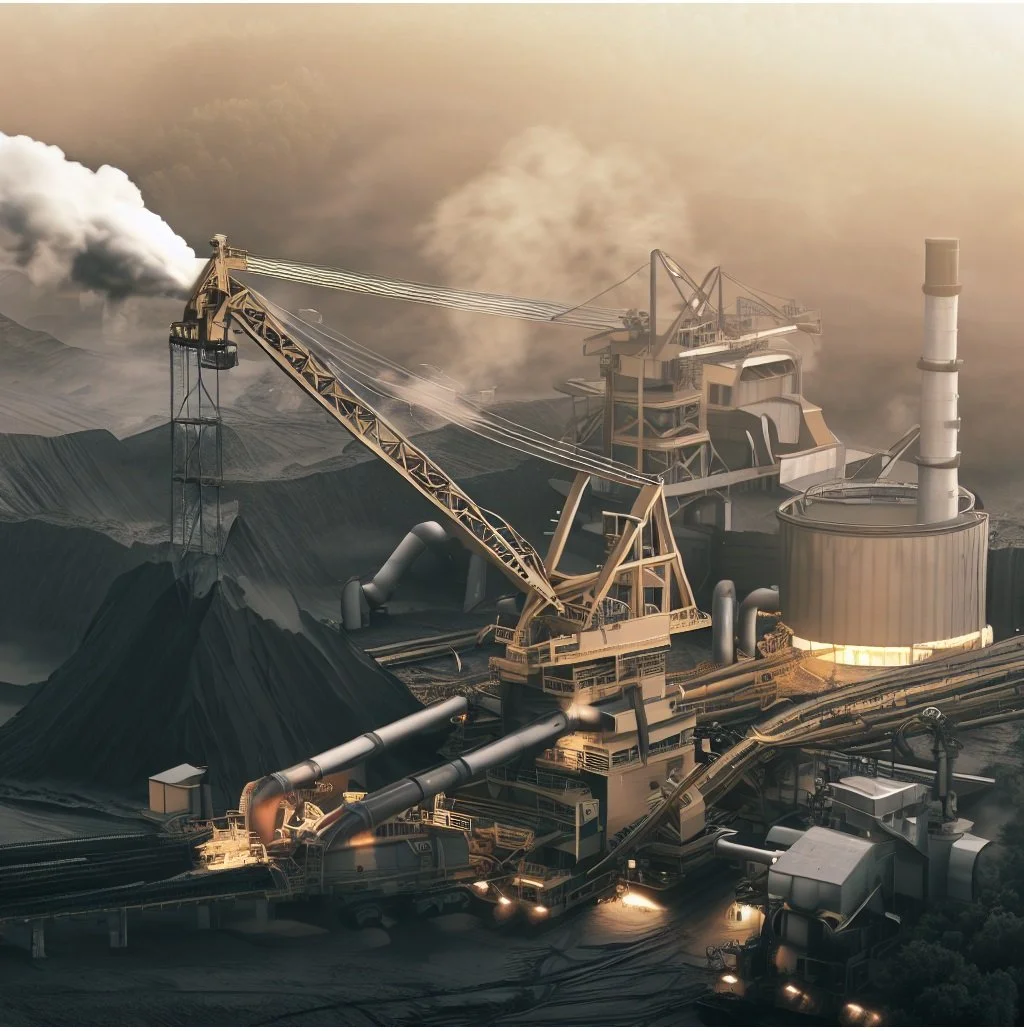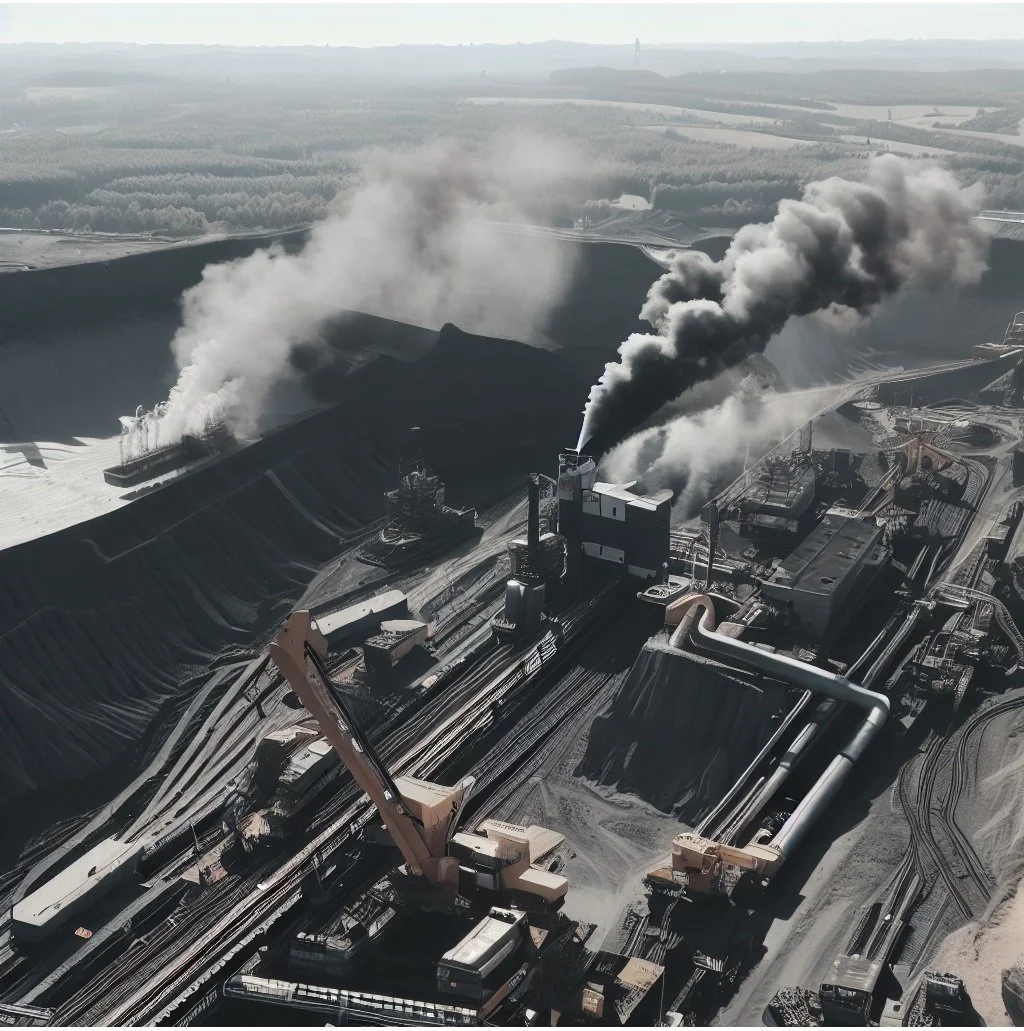Oil and Gas Sector
Inverse Dispersion Modelling Support to GHGSat
As Project Manager and Technical Lead, Dr. Rakesh Singh led air modeling support for GHGSat, a pioneering Canadian company headquartered in Montreal, dedicated to advancing GHG and air quality monitoring technology. Dr. Singh’s role involved supporting GHGSat in investigating emissions measurement techniques developed by the company to accurately monitor and quantify GHG emissions from specific fugitive sources. GHGSat launched the world’s first satellite in 2016 capable of detecting and measuring emissions from industrial sites worldwide, enabling real-time, remote insights into emissions trends and facilitating actionable responses to mitigate environmental impact.
GHGSat remains at the forefront of emissions tracking with its high-resolution data on greenhouse gases and air quality emissions. The company’s proprietary satellites are equipped to detect methane and other greenhouse gases at levels previously unachievable through traditional ground-based methods, making it possible to monitor emissions from specific sources like oil and gas operations, coal mines, and landfills with unprecedented precision. By providing actionable data and remote monitoring capabilities, GHGSat empowers industries, governments, and organizations to address emissions proactively and contributes significantly to global climate and regulatory goals.
Inverse Modelling to Quantify Area Fugitive Emissions from Oil Sands
As Project Manager and Technical Lead for an Alberta Environment and Parks (AEP) project, Dr. Rakesh Singh led a critical study focused on accurately quantifying area fugitive emissions from a major oil sands mining operation. The project applied inverse dispersion modelling to existing datasets to estimate fugitive CO₂ and CH₄ emissions, leveraging advanced modelling techniques tailored to large-area sources. Dr. Singh’s role encompassed overseeing the modelling framework, ensuring rigorous analysis of environmental factors that influence emission estimations, and identifying key parameters, such as wind patterns, surface roughness, temperature, and atmospheric stability, which could significantly impact the accuracy of emission measurements.
The study sought to pinpoint factors that might individually or collectively introduce variability in inverse dispersion model results, an approach crucial for enhancing emission quantification reliability. To support the effective application of inverse dispersion modelling, Dr. Singh supervised the development of a protocol document that outlined comprehensive guidelines for planning and executing modelling and monitoring activities. This protocol established standardized methodologies for selecting suitable monitoring sites, designing data collection frameworks, and applying inverse dispersion modelling in a way that maximizes accuracy and repeatability.
GHG Regulatory Support for a Multinational Company
Dr. Rakesh Singh provided senior-level review and analysis of emerging greenhouse gas (GHG) regulations in Ontario, Canada, with a particular focus on compliance implications for multinational corporations operating within the province. Following the passage of Bill 172 in 2016, which established the Climate Change Mitigation and Low-Carbon Economy Act, 2016, Ontario implemented O. Reg. 143/16 (Tracking, Reporting, and Verifying GHG Emissions) and O. Reg. 144/16 (Cap and Trade). These regulations create a comprehensive framework and set forth requirements for monitoring and reducing GHG emissions, which are critical for companies aiming to align with provincial climate policies and avoid potential compliance pitfalls. Dr. Singh's expertise ensured that stakeholders understood the nuances of these regulations and their operational impacts, thereby facilitating informed decision-making regarding GHG management strategies.
GHG and CAC Emissions Model Development from Nonroad Equipment and Dispersion Modelling
Dr. Rakesh Singh presented two significant papers at the 101st Annual Meeting of the Air & Waste Management Association (A&WMA) held in Portland, Oregon, focusing on emissions and dispersion modelling within the Athabasca Oil Sands Region of Alberta, Canada.
Assessment of Mobile Emissions in the Athabasca Oil Sands Region - High Resolution Nonroad Emission Factor Model: In this paper, co-authored with M. Rawlings and G. Unrau, Dr. Singh conducted a detailed assessment of mobile emissions, emphasizing the development and application of a high-resolution nonroad emission factor model. The study aimed to provide accurate emission estimates from mobile sources, which are critical for understanding their impact on air quality in the oil sands region. By employing advanced modelling techniques, the authors sought to refine existing emission factors and enhance the precision of mobile emissions inventories, thereby contributing valuable insights for regulators and stakeholders engaged in environmental management.
Assessment of Mobile Emissions in The Athabasca Oil Sands Region - CALPUFF Modelling Case Study Using High Resolution Emission Estimates: In this paper, co-authored with R. Jain, K. Onder, and G. Unrau, Dr. Singh explored the application of CALPUFF modelling to evaluate the dispersion of mobile emissions in the Athabasca Oil Sands Region. This case study utilized high-resolution emission estimates to simulate the transport and dispersion of pollutants, providing a comprehensive analysis of their potential effects on air quality. The findings of this research highlighted the importance of integrating precise emission data with advanced modelling techniques to inform decision-making processes related to air quality management and regulatory compliance in the context of ongoing industrial activities in the region.
Acquisition of a Major Lubricant Business
Dr. Rakesh Singh provided comprehensive insights and strategic guidance regarding the impact of renewable fuel standards regulations on prominent lubricants and fuel businesses.
Dr. Singh conducted an in-depth analysis of the regulatory landscape surrounding renewable fuel standards, examining how these regulations would influence the operational, financial, and compliance aspects of the business. He assessed the implications of the standards on the production and distribution of lubricants and fuels, including potential shifts in market dynamics, cost structures, and competitive positioning.
Through this role, Dr. Singh played a pivotal part in equipping the U.S. purchaser with the knowledge and strategies necessary to effectively navigate the challenges posed by renewable fuel standards, ultimately positioning the lubricants and fuel business for long-term success in a rapidly evolving regulatory environment.






